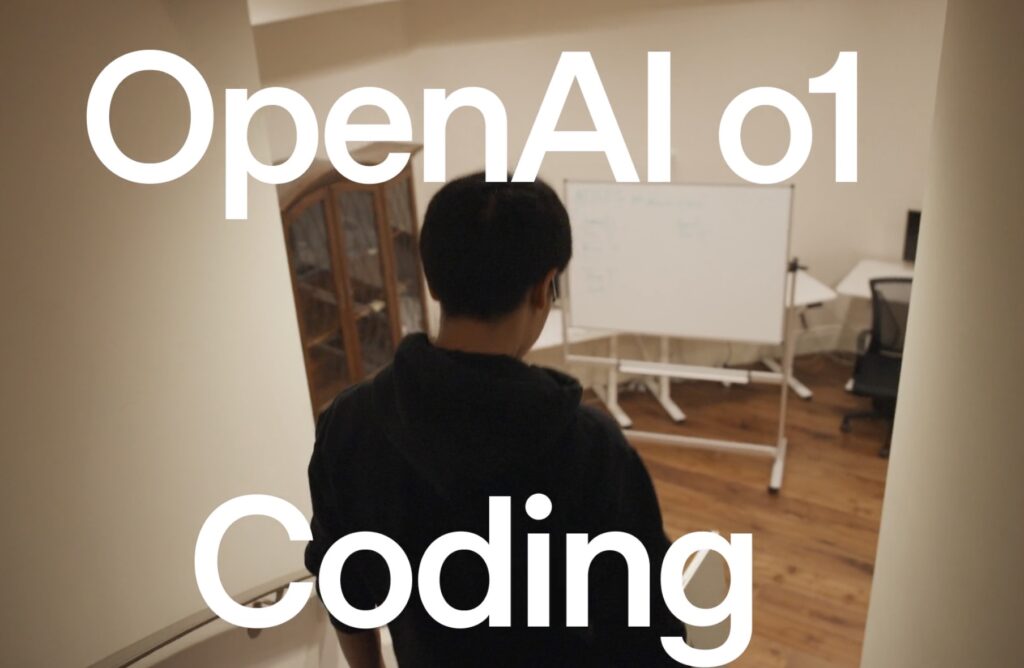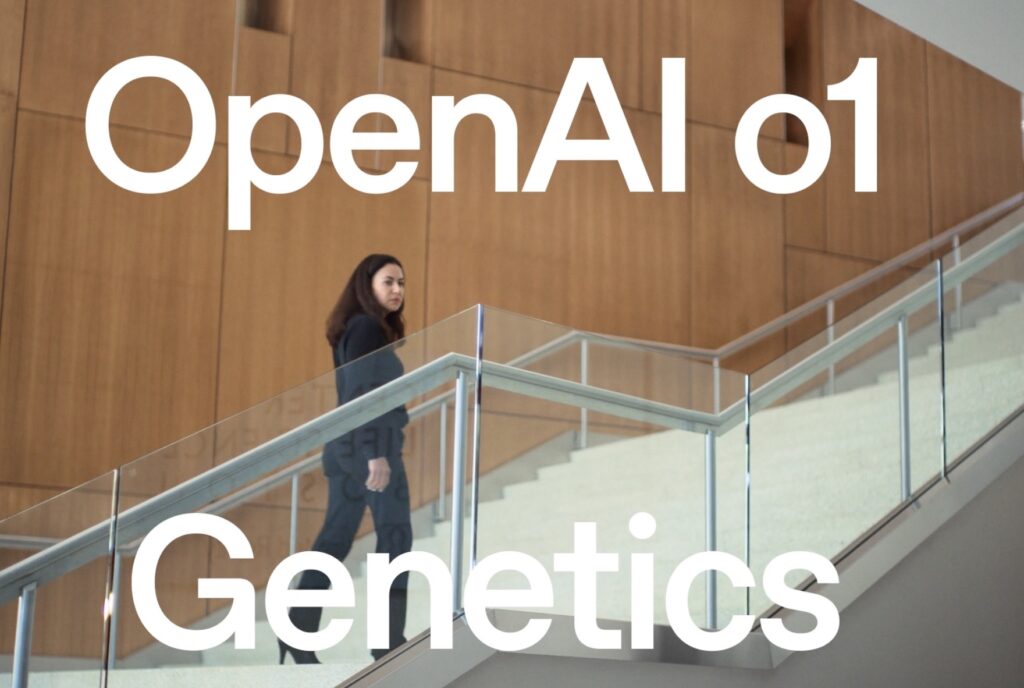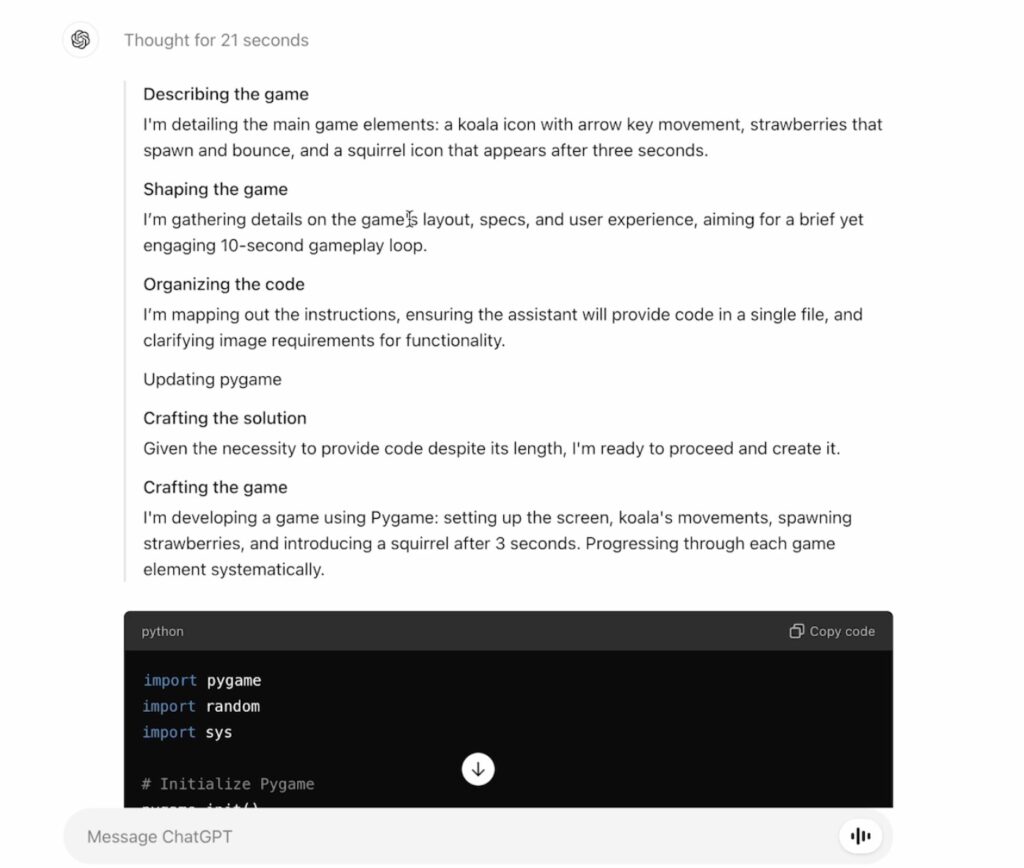New Model Outperforms GPT-4o by Reasoning Through Complex Problems—No Scale-Up Required
- OpenAI unveils a groundbreaking AI model, OpenAI o1, code-named Strawberry, that excels in logical reasoning and complex problem-solving.
- Unlike previous models which relied on scaling for improvements, Strawberry introduces a new paradigm in AI by combining reasoning with reinforcement learning.
- This model not only surpasses GPT-4o in handling intricate queries but also sets the stage for future advancements in AI that prioritize intelligence over sheer scale.
In a significant advancement for artificial intelligence, OpenAI has announced its latest model, OpenAI o1, codenamed Strawberry. This new AI represents a pivotal shift in the field, emphasizing logical reasoning and step-by-step problem-solving over the traditional approach of merely scaling up model size. While previous breakthroughs, such as GPT-4o, were achieved through increasing model scale to unprecedented levels, Strawberry introduces a novel method that enhances AI’s problem-solving capabilities without needing a massive scale-up.

The core innovation behind OpenAI o1 lies in its ability to tackle complex problems through a methodical reasoning process. Unlike conventional AI models that generate answers in a single step, Strawberry reasons through challenges much like a human might, breaking down problems and “thinking out loud” before arriving at a solution. This approach allows the model to handle difficult queries that have historically stumped even the most advanced AI systems. For example, in testing, Strawberry successfully solved intricate puzzles and advanced chemistry questions that GPT-4o struggled with, demonstrating its superior logical capabilities.

Mira Murati, OpenAI’s chief technology officer, highlights this development as a new paradigm in AI. “It is much better at tackling very complex reasoning tasks,” Murati explains. The new model employs reinforcement learning, a technique where the AI learns from feedback to refine its problem-solving strategies. This method not only enhances the model’s reasoning abilities but also helps in developing more reliable and well-behaved AI systems. Mark Chen, OpenAI’s vice president of research, showcased Strawberry’s prowess by solving complex mathematical problems and demonstrating its reasoning skills, which outperformed GPT-4o.
Despite its advancements, Strawberry does come with trade-offs. It is slower than GPT-4o and lacks some features like web search and multimodal capabilities, such as interpreting images or audio. However, its performance on problem sets, including coding and scientific queries, marks a significant improvement. The model achieved a remarkable 83% accuracy on the American Invitational Mathematics Examination (AIME), compared to GPT-4o’s 12%, showcasing its enhanced problem-solving capabilities.

The introduction of Strawberry signals a broader trend in AI research towards enhancing reasoning abilities rather than just scaling models. Rivals like Google’s AlphaProof are exploring similar paths, indicating a growing consensus that reasoning and logical problem-solving are key to the future of AI. While OpenAI’s approach demonstrates promising advancements, challenges remain, including the need for models to avoid generating harmful outputs and the potential for AI hallucinations. Nevertheless, the development of OpenAI o1 suggests a shift towards more intelligent, cost-effective AI solutions that prioritize reasoning and problem-solving prowess over sheer computational power.

As AI continues to evolve, Strawberry’s approach could pave the way for more sophisticated and practical applications of artificial intelligence, aligning more closely with human-like reasoning and problem-solving processes. OpenAI’s focus on enhancing intelligence through innovative methods, rather than just scaling, could lead to more effective and versatile AI systems in the future, marking a significant step forward in the quest for smarter, more capable artificial intelligence.
